Mastering Stalls: How to Recognize, Prevent, and Recover Safely
Flight Training Central
MARCH 3, 2025
When the airplane is stabilized in the approach attitude and speed, begin to smoothly and slowly bring the nose up to an attitude which will cause a stall. Because of engine torque and “P” factor, turns to the left will tend to steepen, and banks to the right tend to decrease.


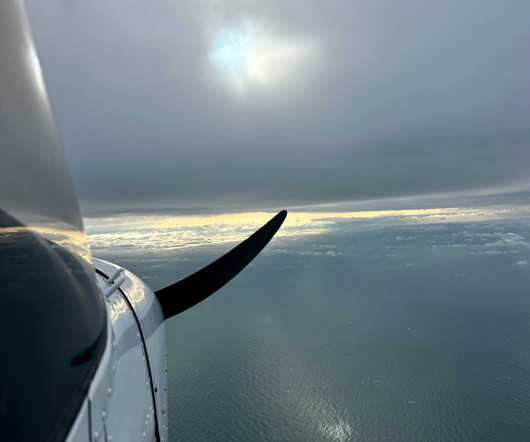


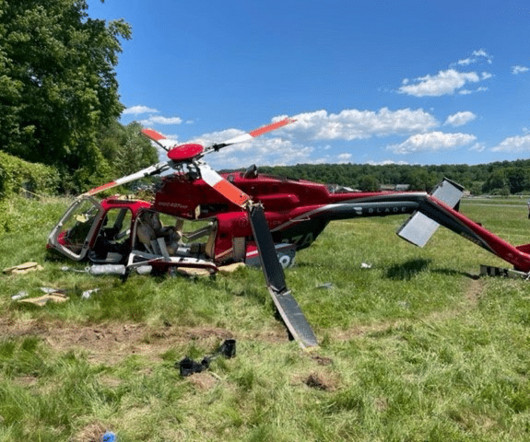

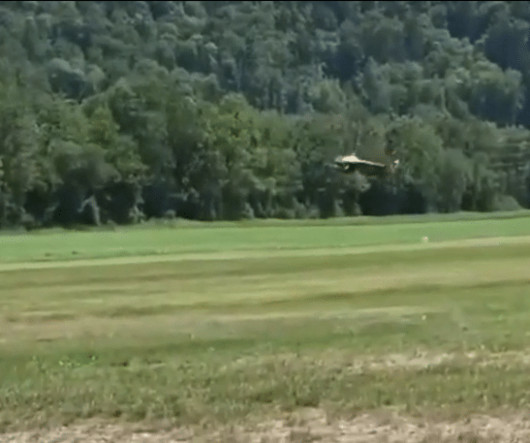
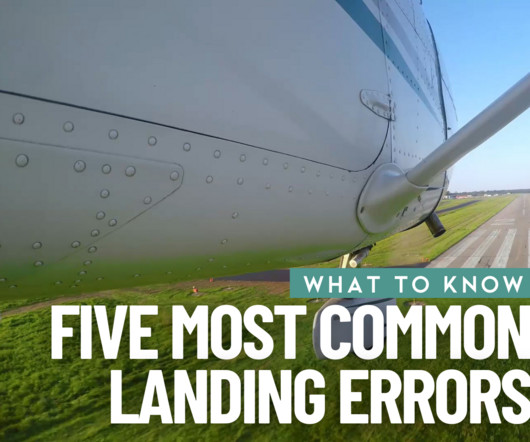

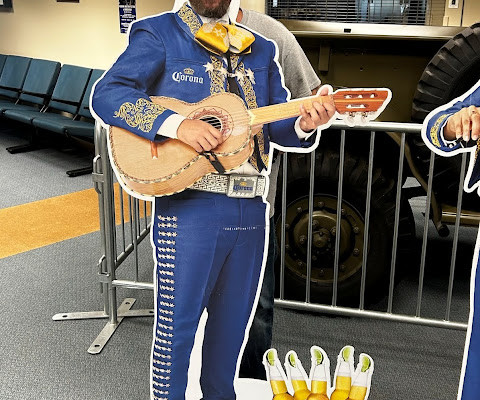
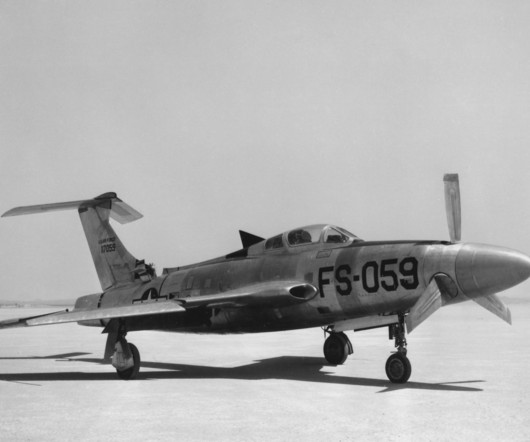
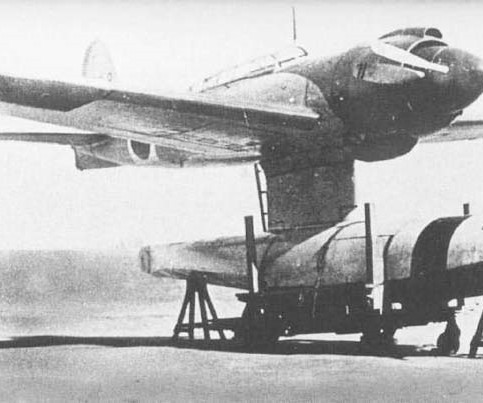
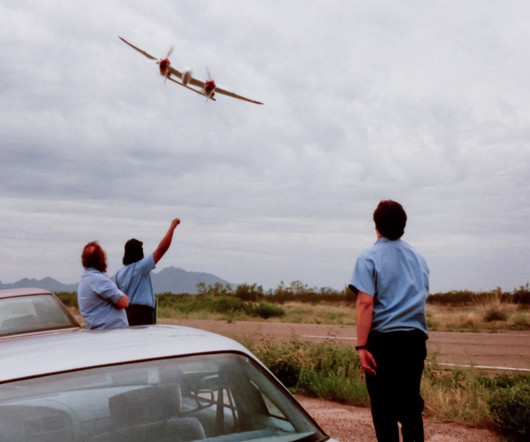








Let's personalize your content